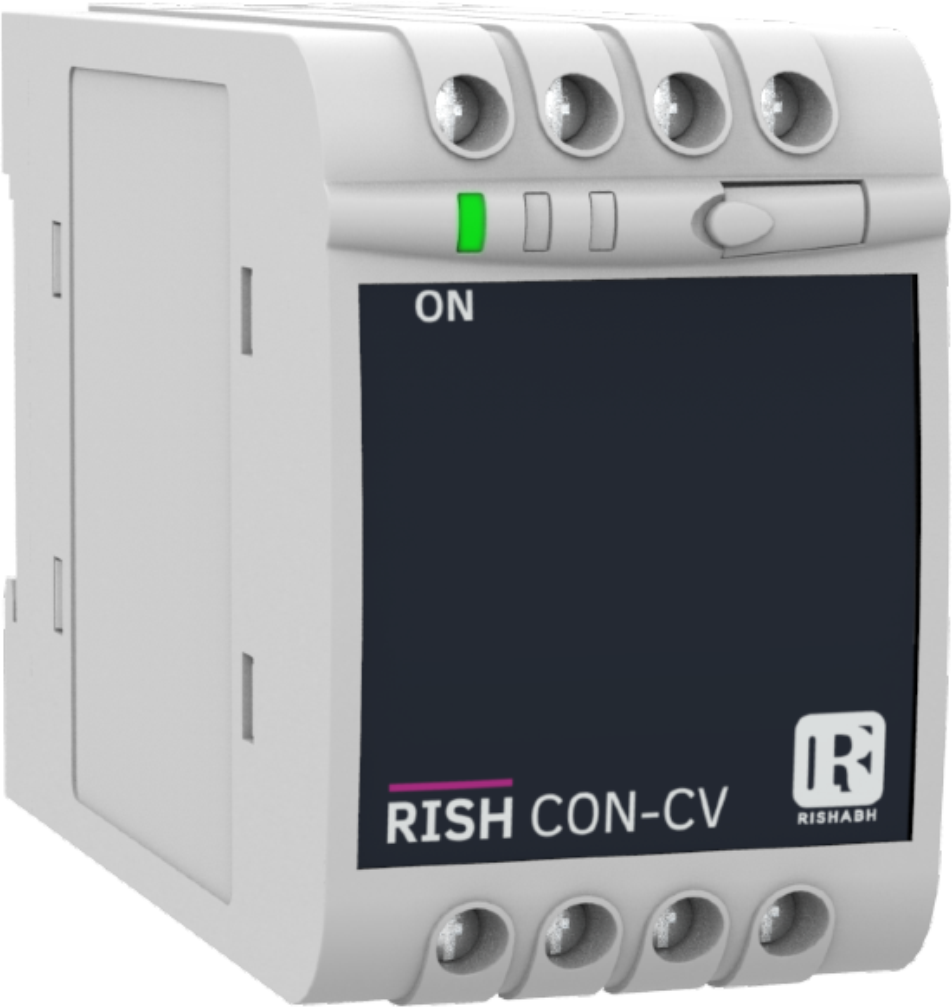End of Life
Rish Ducer Mxx Series - Programable Multifunction Transducer
Mxx series simultaneously measures several variables of the electric power system converting them into 2,3 or 4 analog outputs, 2 or 4 digital outputs for signaling limits, power metering, limit output AND/OR, Output Simulation, acquisition of meter data, mark setting with universal supply
Download & Share
- For all heavy-current power system variables
- Up to 6 outputs (2A + 4D or 4A + 2D or 2A or 3A)
- Input voltage up to 693 V (phase-to-phase)
- Universal analogue outputs (programmable)
- Simultaneous measurement of several variables of a heavy current power system / full supervision of an asymmetrically loaded four-wire power system, rated current 1 to 6 A, rated voltage 57 to 400 V (phase to neutral) or 100 to 693 V (phase-to-phase)
- High accuracy: U/I 0.2%, Frequency 0.15% and P 0.25% (Under reference conditions)
- Universal digital outputs (meter transmitter, limits)
- Up to 2 or 4 integrated power meters.
- AC/DC power supply/universal (24-80V AC/DC or 85-230V AC/DC)
- Provision for either snapping the transducer onto top - hat rails or securing it with screws to a wall or panel
- Windows software with password protection for programming, data analysis, power system status simulation, acquisition of meter data, and making settings.
The RISH Ducer MXX series of multi-transducers simultaneously measure several variables of an electric power system and process them to produce 2 or 3 or 4 analog output signals. 2 or 4 digital outputs are available for signaling limits or power metering. For two of the limit outputs, up to 3 measurands can be logically combined.
The multi-transducers are also equipped with a serial RS-232 interface to which a PC with the corresponding software can be connected for programming or accessing & executing useful ancillary functions. The usual modes of connection, the types of measured variables, their ratings, the transfer characteristics for each output, etc. are the main parameters that have to be programmed.
Ancillary functions include a power system check, provision for displaying the measured variable on a PC monitor, the simulation of the outputs for test purposes, and a facility for printing nameplates.







